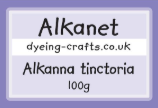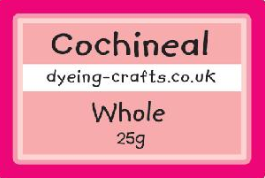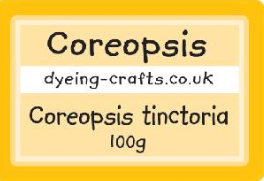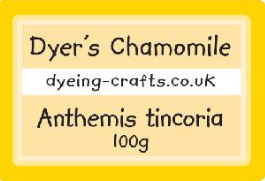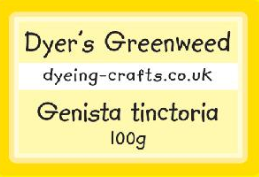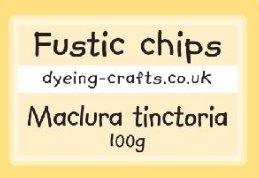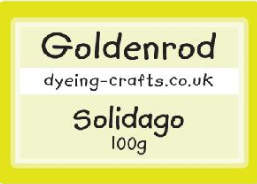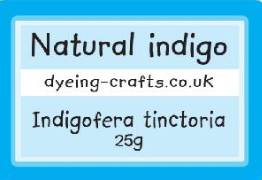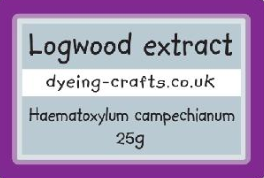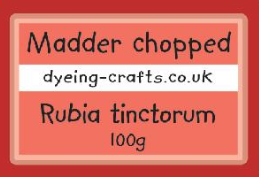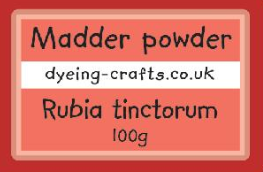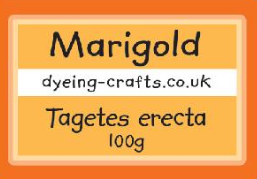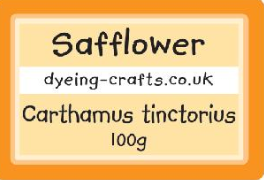Natural Dyes
I love working with natural dyes – keeping an ancient tradition – exploring natural colour and being close to nature.
Many people don’t ever consider that mass produced clothing dyed with synthetic dyes are dangerous for us and our environment. These chemicals pollute the air and waterways, they can irritate consumers skin – causing allergies and eczema.
We can benefit from the healing properties of many plants in different ways – from herbal teas, culinary herbs and infusions and also by transferring plant properties onto our fabric.
Making your own natural dyes at home can be done easily – it is so fascinating!
If you are not able to grow your own plants for dyeing – below are a selection of natural dyes which will provide you with an amazing range of fantastic colours! All the instructions can be found on our HOW TO pages in the main menu above. Just scroll down the menu to find your selected dye.
ALKANET
Alkanna tinctoria or dyer’s alkanet is a very attractive purple colourant found in the roots of plants belonging to the borage family.
-
£6.00Add to basket
COCHINEAL
Cochineal is a potent natural dyestuff that is derived from the crushed, dried bodies of the female cochineal bug – a scale
-
£8.50Add to basket
DYER’S CHAMOMILE
Dyer’s Chamomile – Anthemis tinctoria A short lived perennial herb with aromatic, silver green, feathery foliage. Dyer’s chamomile was used in Medieval
-
£6.00Add to basket
DYER’S GREENWEED
Genista tinctoria A very good quality dye is obtained from the flowers and leaves and lovely green when over-dyed with woad. Contains
-
£6.00Add to basket
FUSTIC CHIPS
Related to the Mulberry tree. The dye comes from the inner wood of the trunk. Dyeing with fustic chips produces a range
-
£6.00Add to basket
GOLDENROD
Solidago The dried flowers and leaves of the goldenrod are used to create colours from yellow through to green. Takes better on
-
£6.00Add to basket
INDIGO (NATURAL)
Indigofera tinctoria This ancient dyestuff produces the familiar indigo blue used for batik work. There are many ways to make an indigo
-
£8.50Add to basket
LOGWOOD CHIPS
(Haematoxylum campechianum) Logwood comes from a tree native to the West Indies and the Yucatan Peninsula. With alum it gives purple to
-
£8.50Add to basket
LOGWOOD EXTRACT
(Haematoxylum campechianum) Logwood comes from a tree native to the West Indies and the Yucatan Peninsula. With alum it gives purple to
-
£12.50Add to basket
MADDER CHOPPED
Madder The roots of this ancient plant are rich in red alizarin and are the source of a strong red dye. The
-
£6.50Read more
MADDER POWDER
Madder The roots of this ancient plant are rich in red alizarin and are the source of a strong red dye. The
-
£6.50Read more
MARIGOLD
Tagetes erecta A major source of carotenoids. Fresh or dried flowers produce yellow-orange and gold colours. 100g – £5.50 HOW TO DYE
-
£6.00Add to basket
SAFFLOWER
(Carthamus tinctorius) Safflower is an ancient prickly flowering plant that contains a water soluble yellow dye and an alkaline soluble red dye.
-
£8.00Add to basket
TURMERIC
Turmeric produces a bright yellow/orange colour that can be combined with woad, cochineal or safflower to give a wide range of colours.
-
£4.00Add to basket
WALNUT
(juglans nigra) I am so fortunate to have a magnificent walnut tree in the garden and from which I am able to
-
£4.50Add to basket


